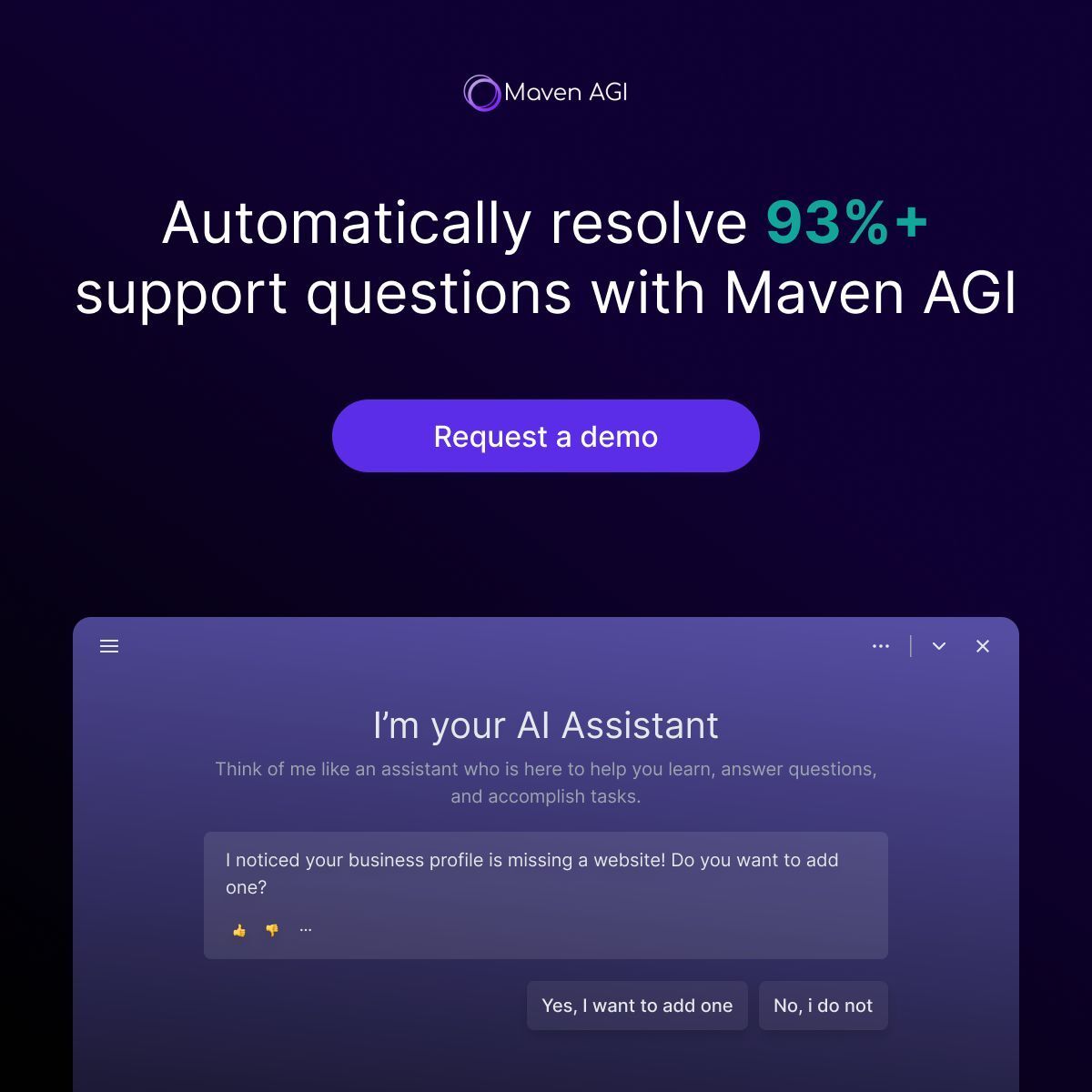- Data Pragmatist
- Posts
- Understanding Neuro-Symbolic AI
Understanding Neuro-Symbolic AI
US Tightens Its Grip on AI Chip Flows Across the Globe


Welcome to learning edition of the Data Pragmatist, your dose of all things data science and AI.
📖 Estimated Reading Time: 5 minutes. Missed our previous editions?
📰 US Tightens Its Grip on AI Chip Flows Across the Globe Link
The U.S. government has introduced new regulations to restrict the export of AI chips and technologies, aiming to maintain its supremacy in artificial intelligence.
These measures limit exports to close allies and block access for countries like China, Russia, Iran, and North Korea.
Major tech companies, including Nvidia and AMD, are affected, with Nvidia opposing the measures as "sweeping overreach."
The regulations categorize countries into three tiers, with the top tier exempt, to control global AI development and secure national security interests.
🤖 Amazon Races to Transplant Alexa's 'Brain' with Generative AI Link
Amazon is working to relaunch Alexa as an AI-powered "agent" capable of performing practical tasks beyond simple commands.
The integration of generative AI aims to enhance Alexa's functionality, despite challenges like "hallucinations," speed, and reliability.
The goal is to transform Alexa into a personalized concierge capable of sophisticated interactions.
Challenges include maintaining Alexa’s original efficiency while introducing generative capabilities and ensuring reliable integration with numerous third-party services.
Drowning In Support Tickets? Maven AGI is here to help.
Maven AGI platform simplifies customer service by unifying systems, improving with every interaction, and automating up to 93% of responses. Seamlessly integrated with 50+ tools like Salesforce, Freshdesk, and Zendesk, Maven can deploy AI agents across multiple channels—text, email, web, voice, and apps—within days. Companies like Tripadvisor, ClickUp, and Rho slash response times by 60%, ensuring quicker support and exceptional customer satisfaction. Don’t let support tickets slow you down
🧠 Understanding Neuro-Symbolic AI
Neuro-symbolic AI is an emerging field that combines the strengths of neural networks with symbolic reasoning, creating hybrid systems capable of advanced problem-solving and reasoning. This approach addresses limitations in traditional AI models, such as the inability of neural networks to explain decisions or generalize beyond specific datasets.
What is Neuro-Symbolic AI?
Neural Networks excel at recognizing patterns in vast datasets, such as images or audio, and learning complex representations.
Symbolic Reasoning, on the other hand, uses logic and rule-based systems to reason and make decisions.
Neuro-symbolic AI merges these paradigms to process unstructured data, extract patterns, and apply logical reasoning to solve complex problems, offering both efficiency and interpretability.
Key Advantages
Explainability: Unlike black-box neural networks, neuro-symbolic systems can explain their reasoning, crucial for fields like healthcare or law.
Generalization: They adapt better to new situations by leveraging prior knowledge encoded as rules or logical structures.
Robustness: Combining reasoning with learning reduces errors in unpredictable environments.
Applications
Healthcare: Neuro-symbolic AI can assist in diagnosing diseases by combining image recognition with logical rules based on medical knowledge.
Education: Adaptive learning systems powered by neuro-symbolic AI can personalize content and explain concepts logically.
Autonomous Systems: Self-driving cars and robots can use symbolic reasoning to make ethical and safe decisions in real-world scenarios.
Natural Language Processing (NLP): It enhances chatbots and virtual assistants by enabling better contextual understanding and reasoning.
Future Potential
As neuro-symbolic AI evolves, it could lead to more human-like intelligence in machines. By integrating the intuitive pattern recognition of neural networks with the structured decision-making of symbolic AI, these systems are expected to advance fields requiring both learning and logical reasoning.
This hybrid approach not only bridges the gap between deep learning and symbolic AI but also lays the groundwork for the next generation of interpretable, scalable, and adaptable AI solutions.
Never Miss Another Warm Lead With Our AI BDR
Never miss a hot lead again. Our AI BDR Ava tracks intent signals across the web—triggering perfectly timed outreach when prospects are ready to buy.
She operates within the Artisan platform, which consolidates every tool you need for outbound:
300M+ High-Quality B2B Prospects, including E-Commerce and Local Business Leads
Automated Lead Enrichment With 10+ Data Sources
Full Email Deliverability Management
Multi-Channel Outreach Across Email & LinkedIn
Human-Level Personalization
Free up your sales team to focus on high-value interactions and closing deals, while Ava handles the time-consuming tasks.
Top AI Tools for Environmental Research
Microsoft AI for Earth
Overview: Focused on environmental sustainability projects.
Features:
Satellite imagery analysis for deforestation monitoring.
AI-powered water resource management tools.
Planet OS
Overview: A data platform for environmental monitoring.
Features:
Real-time climate data aggregation.
Predictive models for weather and ocean currents.
Google Earth Engine
Overview: A cloud-based geospatial analysis tool.
Features:
Access to petabytes of satellite imagery.
Tools for mapping deforestation and urban growth.
DeepMind's Climate AI
Overview: AI solutions for climate modeling and energy optimization.
Features:
Weather forecasting using neural networks.
AI-driven energy efficiency systems.
Blue Sky Analytics
Overview: Indian startup focused on air quality and pollution monitoring.
Features:
AI-based air quality prediction.
Real-time emission tracking dashboards.
If you are interested in contributing to the newsletter, respond to this email. We are looking for contributions from you — our readers to keep the community alive and going.


